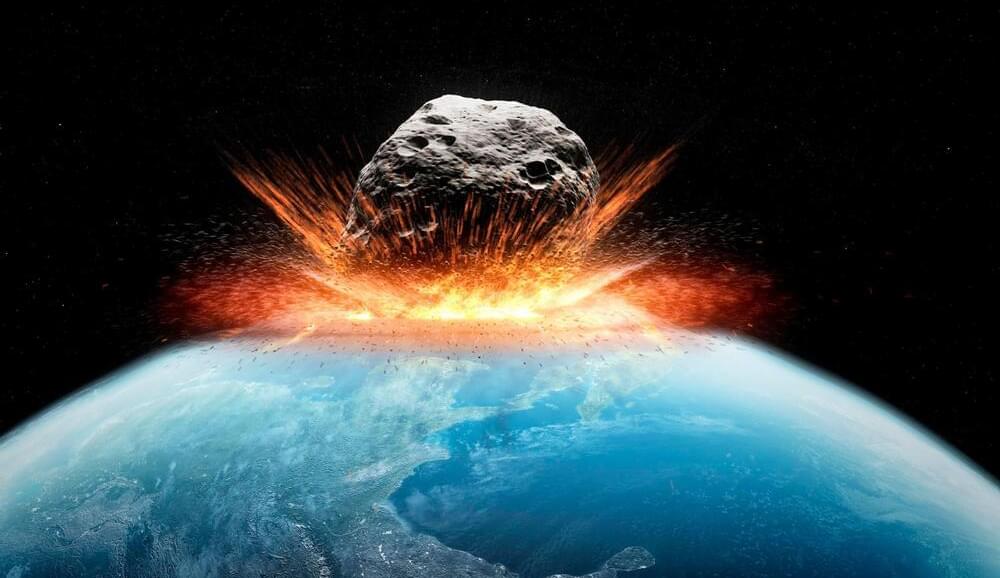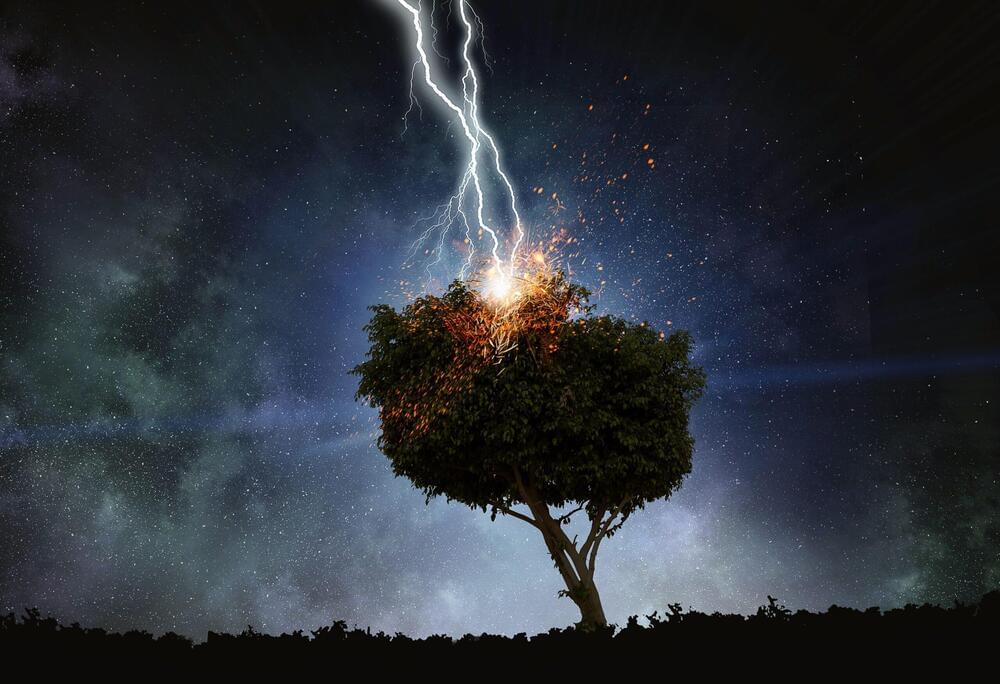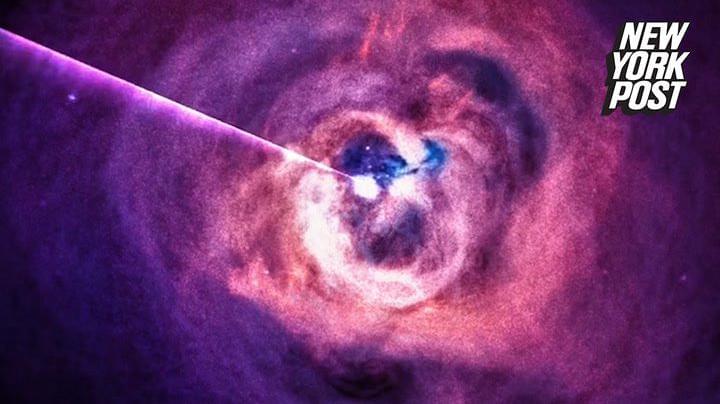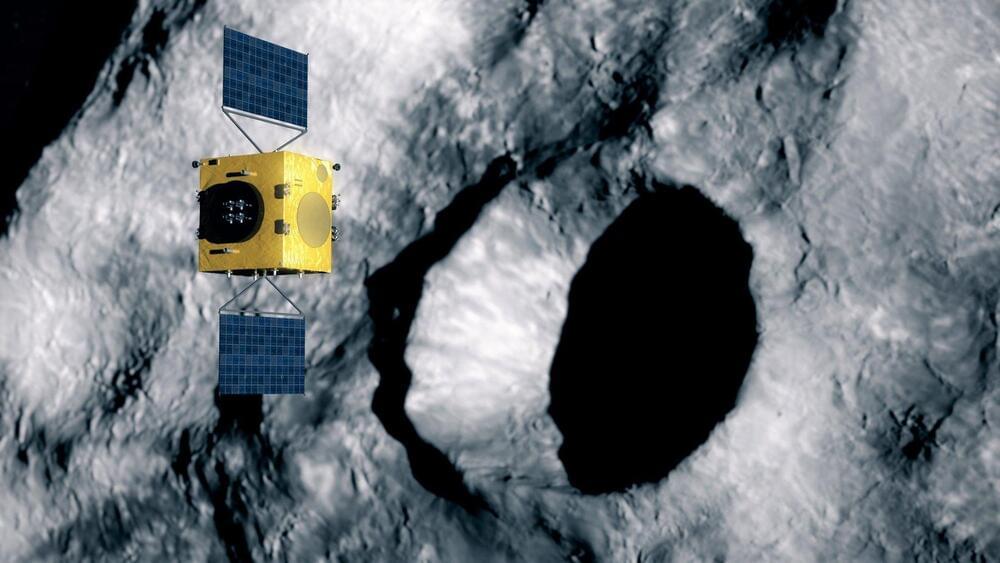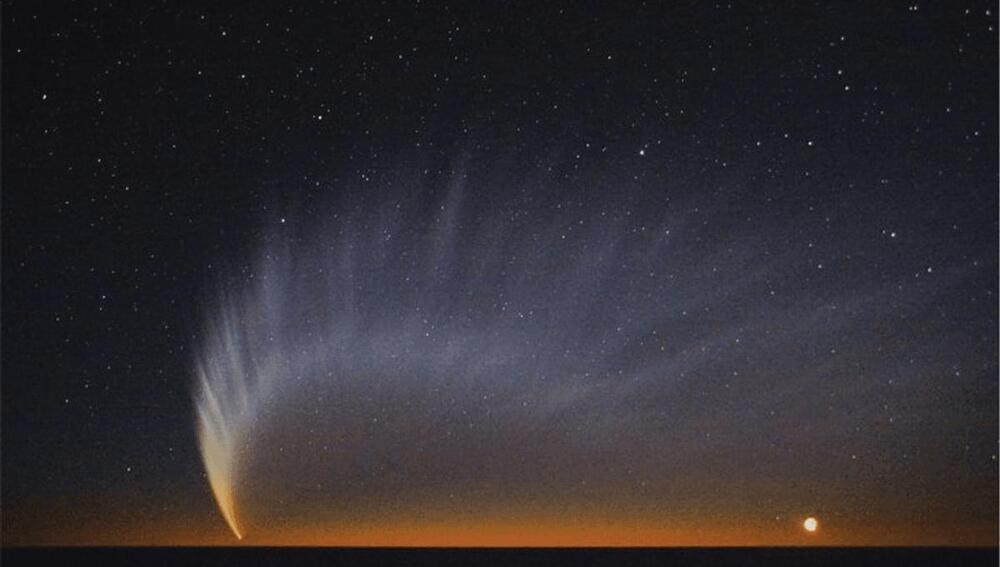When will an asteroid hit Earth and wipe us out? Not for at least 1,000 years, according to a team of astronomers. Probably.
Either way, you should get to know an asteroid called 7482 (1994 PC1), the only one known whose orbital path will cross that of Earth’s consistently for the next millennium—and thus has the largest probability of a “deep close encounter” with us, specifically in 502 years. Possibly.
Published on a preprint archive and accepted for publication in The Astronomical Journal, the paper states that astronomers have almost found all the kilometer-sized asteroids. There’s a little under 1,000 of them.
